
Three Horizons
In this post I make a suggestion for a positive, disruptive, innovation in (economics) education. This idea is based on an introduction of the Three Horizons of Bill Sharpe by Kate Raworth.

In this post I make a suggestion for a positive, disruptive, innovation in (economics) education. This idea is based on an introduction of the Three Horizons of Bill Sharpe by Kate Raworth.

In the book Layered Money, by Nik Bhatia, the idea of Bitcoin as a successor to the gold standard was introduced to me. To consider Bitcoin as an equivalent of gold from a monetary perspective was a whole new insight.
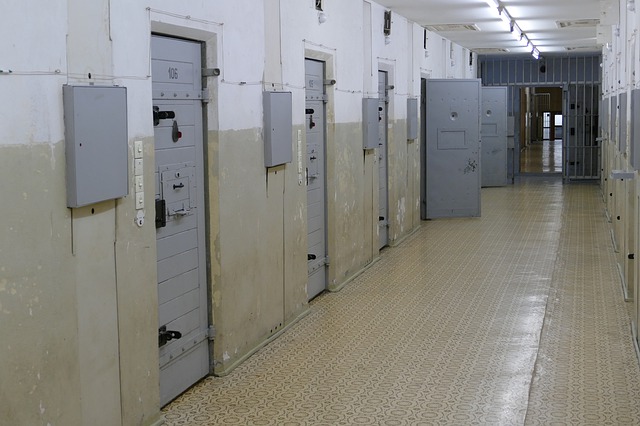
I recently finished Melanie Mitchell’s Complexity: A Guided Tour. One of the insights I gained from reading the book was the concept of an idea model applied to the Prisoner’s Dilemma.

I have been participating in a group that was reading Complexity: A Guided Tour, by Melanie Mitchell. In one of our last sessions we set the book aside and explored the complexity of the supply chain.

Accidentally I stumbled upon a disparity between the definition of Harberger’s triangle or deadweight loss as it is employed in a Dutch textbook I consulted as opposed to the way it is employed in my son’s A-level textbook or the IB textbook in our possession.
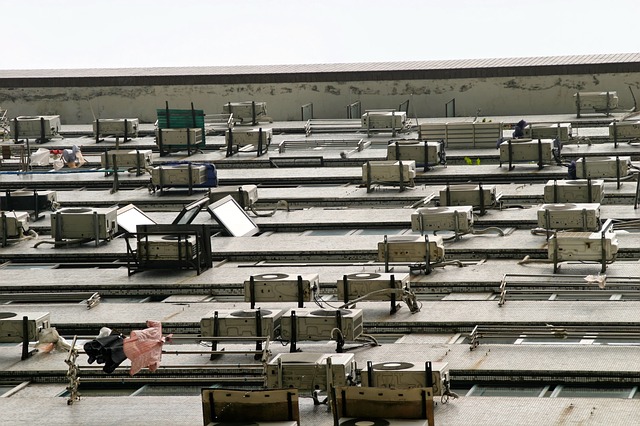
One of the things I find important in relation to a 21st century economics education is systems thinking. But when discussing systems thinking with interested others I often find that it is such a huge concept.
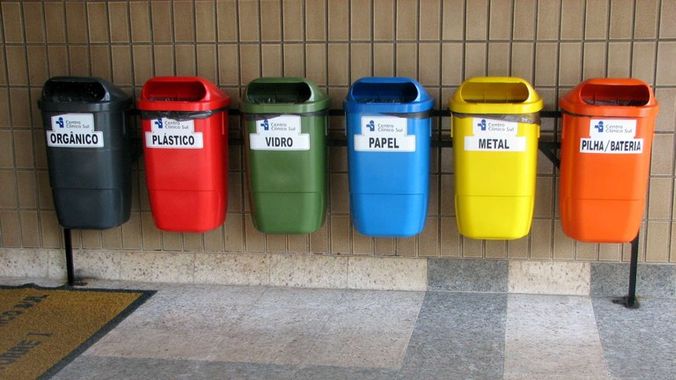
Last weekend I watched an online lecture with the title “How We Got Addicted to Cars” brought by the University of Utrecht. The lecturer was the economist Julia Steinberger, Professor of Social Ecology and Ecological Economics at the University of Leeds.
I took something away from this lecture, that is much more profound to me than our addiction to cars, and very much in tune with the doughnut framework: The Systems of Provision Approach.
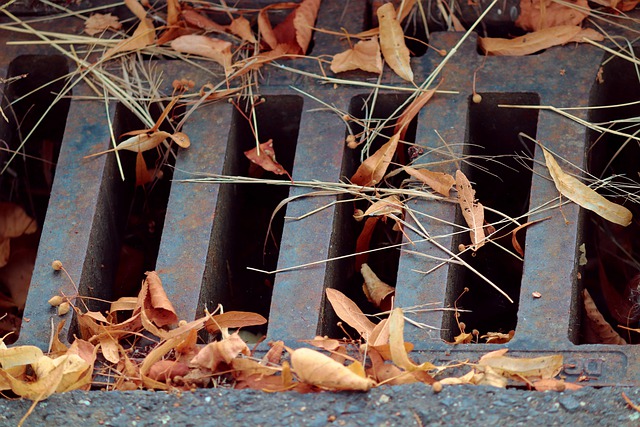
The social foundation offers ample possibilities to connect financial and economic literacy, like health, education, food, water, energy and housing. These elements correspond with economic sectors in which students engage now, and will engage more when they take the next step in their lives and have responsibility for their own household budget. That is how we came up with the idea of a series of lessons called ‘Know Your Economy’.

Recently, I had an interesting discussion with a teacher in higher education. He had a classroom discussion about deforestation and his students were rather blasé about the topic. Their standpoint was that if you cut down a tree, you simply replant it elsewhere, so what is the problem. I mean, you can compensate your aviation kilometers too by planting trees, or not?
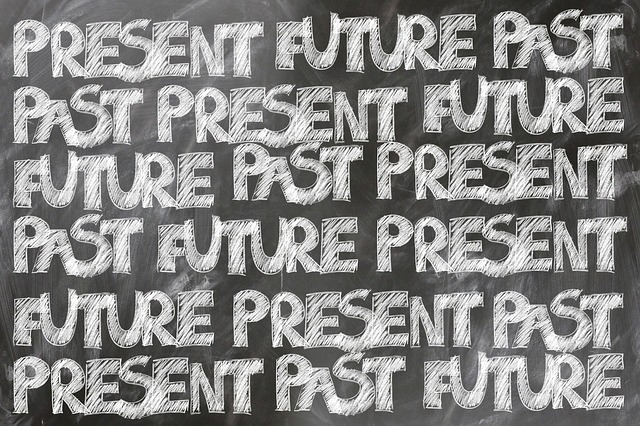
The last few weeks I have been deep into footprints in general and the water footprint in particular. It feels like I have to climb out of the rabbit hole. But not until I shared the Water Scarcity Atlas with you.